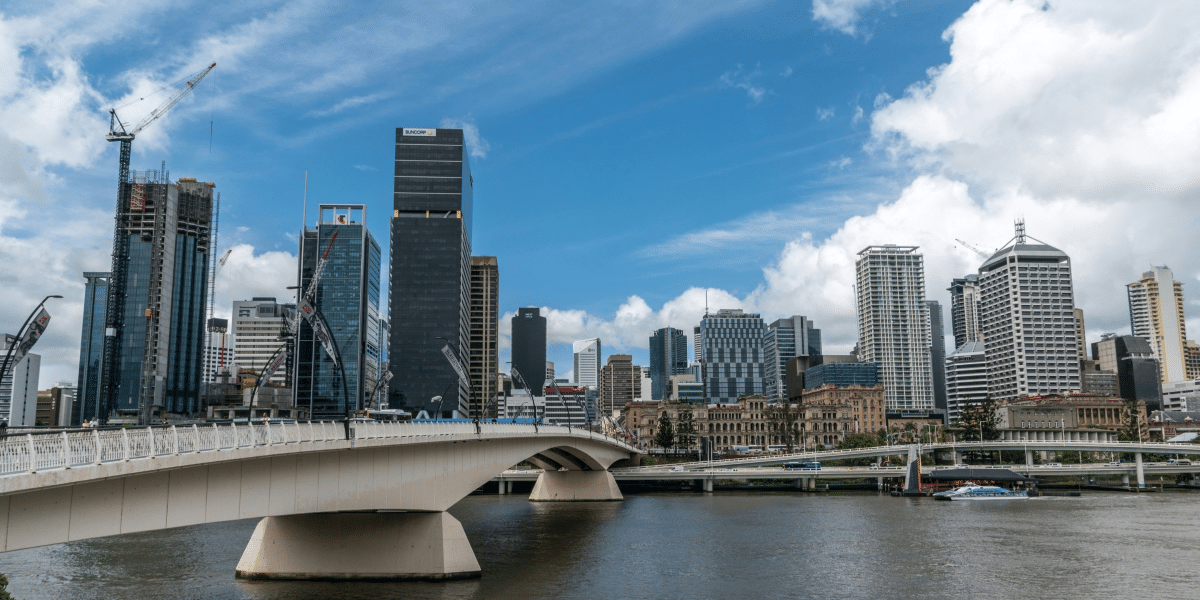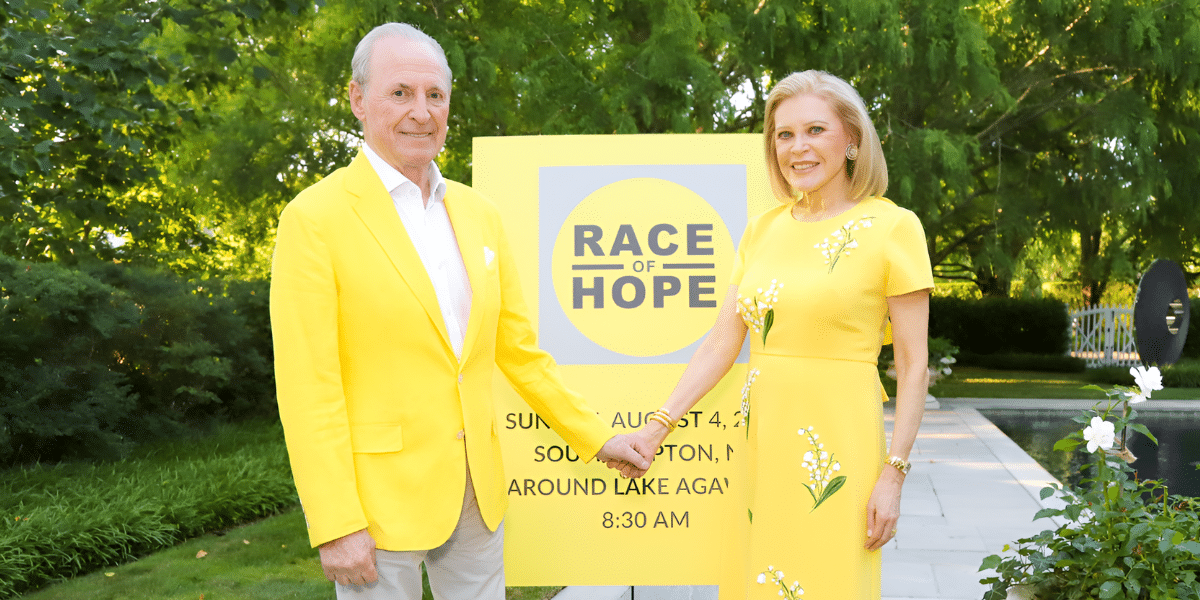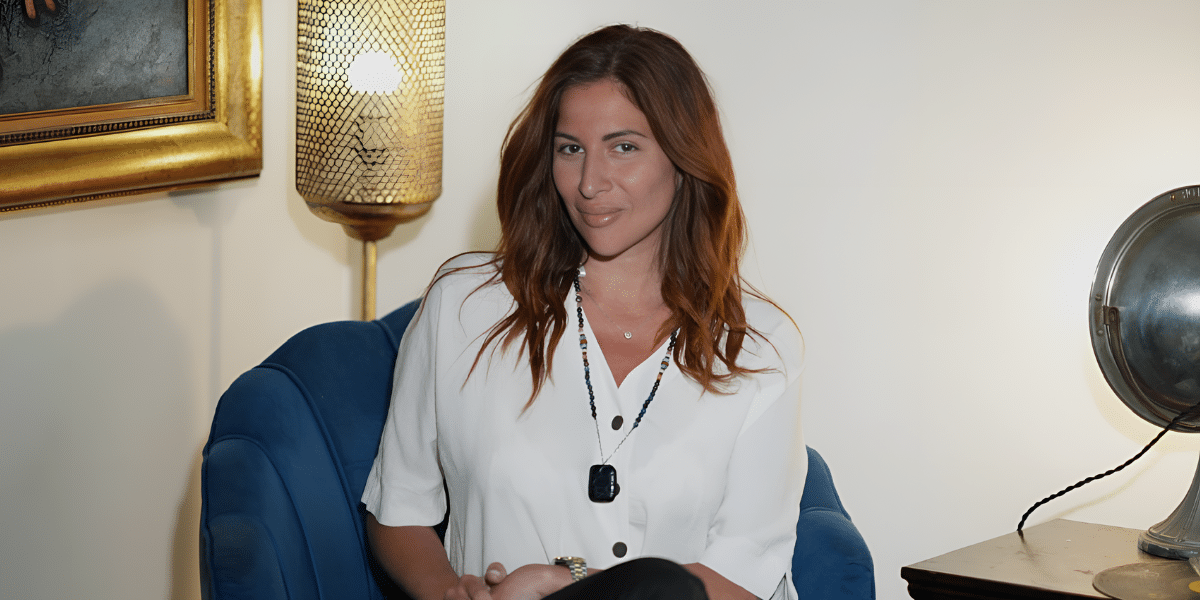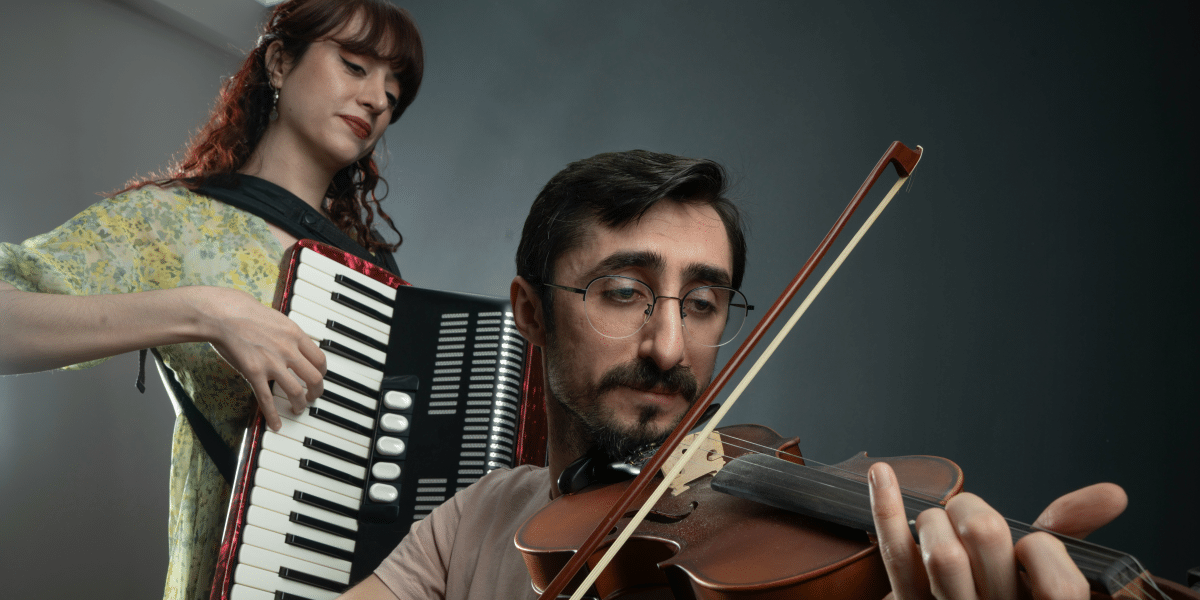Image commercially licensed from: Unsplash
In today’s rapidly evolving technological landscape, the Internet of Things (IoT) has emerged as a transformative force, connecting devices and systems in ways that were once considered science fiction. As our world becomes increasingly interconnected, new legal challenges have arisen, particularly in the realm of trademark law. I sat down with Attorney Robert McKinley, a seasoned attorney with a strong background in intellectual property, to shed light on the key legal issues at the crossroads of trademark law and the IoT.
Defining the IoT Landscape
Before delving into the legal intricacies, it’s important to understand the Internet of Things. In simple terms, IoT refers to the network of interconnected devices and objects that communicate and share data without requiring human intervention. From smart home devices to industrial sensors, the IoT has revolutionized how we interact with technology.
Robert McKinley explains, “The IoT has brought about a new dimension of connectivity, allowing everyday objects to gather and exchange data. However, this has also opened the door to various legal challenges, particularly in the realm of trademark protection.”
Trademark Protection in a Digital World
Trademarks, which are distinctive signs used to identify goods or services, have long been an essential aspect of brand recognition and consumer trust. With the proliferation of IoT devices, establishing and protecting trademarks has taken on a new level of complexity.
McKinley notes, “In an IoT ecosystem, trademarks can appear not only in the traditional sense, such as logos and brand names, but also in the software, algorithms, and even the physical design of interconnected devices. This presents a challenge for legal practitioners to adapt traditional trademark concepts to this evolving digital landscape.”
Navigating Trademark Infringement
One of the significant challenges that arise in the context of IoT is the potential for trademark infringement. As devices become more interconnected, the lines between products and services blur, making it crucial to determine when infringement occurs.
McKinley elaborates, “With IoT, a single product might incorporate multiple trademarks that relate to various aspects, such as its hardware, software, and functionalities. This complexity makes it difficult to pinpoint instances of infringement. Legal professionals must carefully assess whether the use of a trademark on an IoT device creates confusion among consumers or dilutes the distinctiveness of existing marks.”
Securing Trademarks Across Borders
The global nature of the IoT landscape adds another layer of complexity to trademark protection. Devices can be manufactured in one country, assembled in another, and used by consumers worldwide. This raises questions about which jurisdiction’s laws apply and how to effectively secure trademark rights internationally.
McKinley emphasizes, “IoT expands the territorial scope of trademark enforcement. Legal experts need to have a comprehensive understanding of international trademark laws and treaties to ensure that their clients’ rights are upheld across various jurisdictions. This involves strategic planning to navigate the nuances of each legal system.”
Balancing Innovation and Trademark Enforcement
While trademark enforcement is crucial, it must be balanced with the spirit of innovation that drives the IoT industry. The rapid pace of technological advancements means that companies often release new products and features in quick succession. This poses challenges for trademark owners seeking to maintain a consistent brand image.
McKinley suggests, “Flexibility is key when dealing with trademark issues in the IoT realm. Legal strategies should accommodate the iterative nature of product development while ensuring that core brand elements remain protected. This requires a delicate balance between enforcement and fostering innovation.”
Conclusion
As our conversation with Attorney Robert McKinley highlights, the convergence of trademark law and the Internet of Things presents a fascinating and complex legal landscape. Navigating this landscape requires legal practitioners who possess a deep understanding of both trademark principles and the technological intricacies of the IoT.
About Robert McKinley
Robert McKinley is a practicing attorney, degreed Electrical Engineer, and born leader who serves his clients with integrity and an aggressive pursuit of their best interests. He graduated from Widener University School of Law, receiving his J.D. He was a member of the Moot Court Honor Society, Trial Advocacy Honor Society, and Phi Delta Phi International Legal Fraternity for Scholastic Achievement. He has built a 25-year law career specializing in intellectual property, patent & trademark litigation and local counsel.












